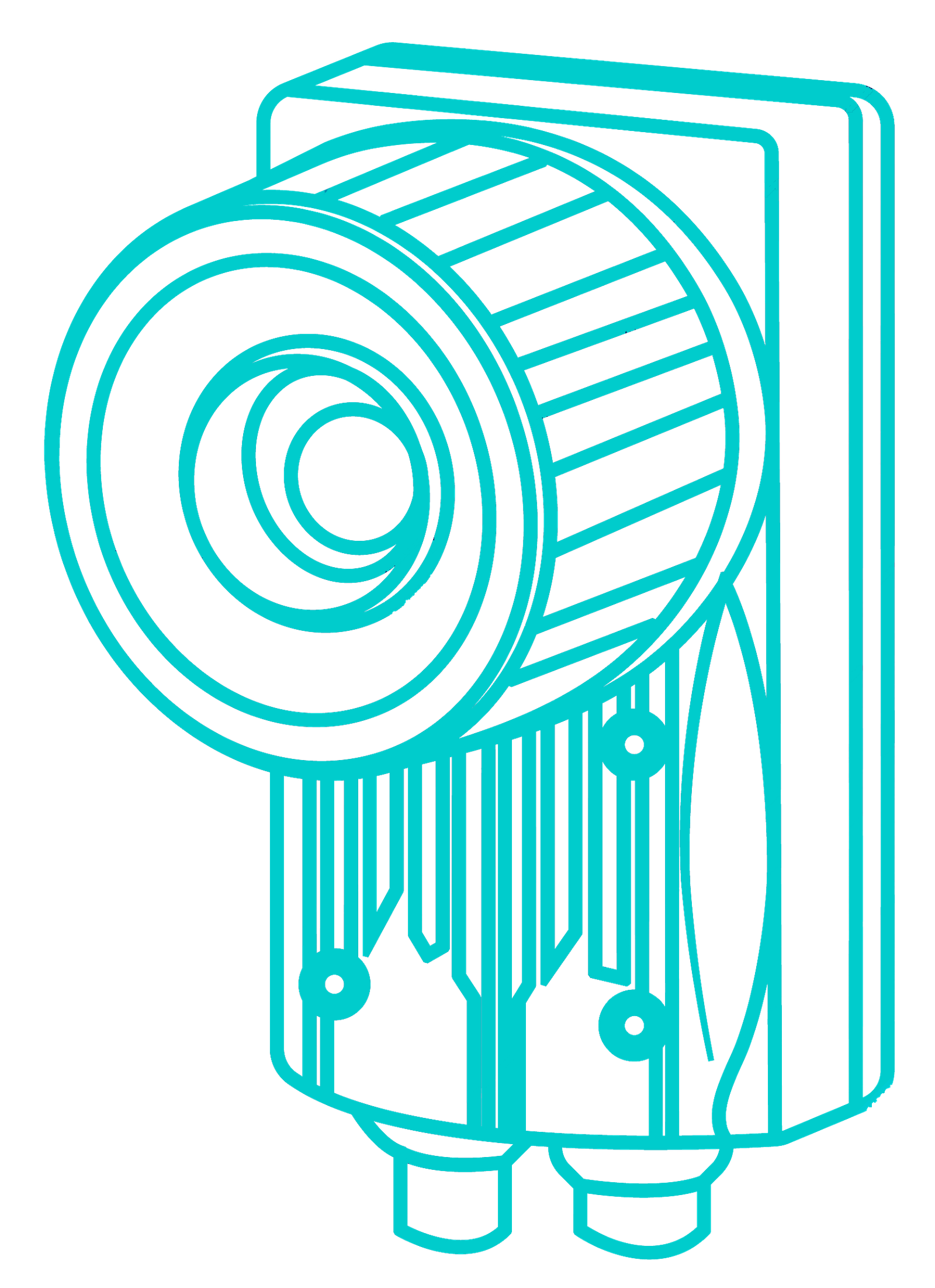Industry
Industry
What is automotive automation?
All automotive manufacturing, welding, assembly, and material handling processes can benefit from automated equipment. Most commonly, automation involves integrating robotics into key areas to save time, increase capacity, and protect employees from dangerous conditions and repetitive labor. Car part producers and original equipment manufacturers (OEMs) use robotics and vision for welding, assembly, inspection, and testing. Automation is flexible and evolving. There are still many more opportunities to integrate automation to optimize car manufacturing processes

Applications of automation
Automotive companies and their automation partners design and deploy robots in high-speed, high-throughput areas to complete welding, inspection, material handling, and assembly of all sorts of parts from under the hood to the cabin. For example, robots have been a crucial part in producing fuel systems, engines, electronics, lights, mirrors, auto body components, and more. Automotive robots are getting faster, smarter, and more efficient.

Applications of automation
Automotive companies and their automation partners design and deploy robots in high-speed, high-throughput areas to complete welding, inspection, material handling, and assembly of all sorts of parts from under the hood to the cabin. For example, robots have been a crucial part in producing fuel systems, engines, electronics, lights, mirrors, auto body components, and more. Automotive robots are getting faster, smarter, and more efficient.

Applications of automation
Automotive companies and their automation partners design and deploy robots in high-speed, high-throughput areas to complete welding, inspection, material handling, and assembly of all sorts of parts from under the hood to the cabin. For example, robots have been a crucial part in producing fuel systems, engines, electronics, lights, mirrors, auto body components, and more. Automotive robots are getting faster, smarter, and more efficient.

Application of assembly systems
Automation can be deployed in automotive assembly lines for riveting, fastening, or snapping together parts big and small. Pairing robotics and vision is ideal for optimizing product assembly lines. Companies have successfully optimized their lines for glass installation and urethane application, assembly component bonding, and material handling parts. The benefits include reducing labor costs, reaching new throughput goals, and increasing quality

Application of assembly systems
Automation can be deployed in automotive assembly lines for riveting, fastening, or snapping together parts big and small. Pairing robotics and vision is ideal for optimizing product assembly lines. Companies have successfully optimized their lines for glass installation and urethane application, assembly component bonding, and material handling parts. The benefits include reducing labor costs, reaching new throughput goals, and increasing quality

Application of body assembly
Automotive body assembly automation involves streamlining repetitive processes like welding, material handling, and assembling auto body components. Automotive manufacturers can save on labor costs and rework, improving quality and repeatability with robotics, vision, and software integration. We are also one of the leaders in developing body shop designs with EPLAN and AutoCAD

Application of body assembly
Automotive body assembly automation involves streamlining repetitive processes like welding, material handling, and assembling auto body components. Automotive manufacturers can save on labor costs and rework, improving quality and repeatability with robotics, vision, and software integration. We are also one of the leaders in developing body shop designs with EPLAN and AutoCAD

Application of welding automation
Welding automation strategically integrates technology into your welding processes. Welding automation benefits include reduced cycle time, improved weld consistency, improved worker safety, custom tooling, increased uptime, reduced labor costs, and conservation of materials.
Welding automation involves using technology to join materials together faster, safer, and more efficiently than using human labor alone. PROvizion Automation can integrate robotics or other automation technology into welding processes.

Application of welding automation
Welding automation strategically integrates technology into your welding processes. Welding automation benefits include reduced cycle time, improved weld consistency, improved worker safety, custom tooling, increased uptime, reduced labor costs, and conservation of materials.
Welding automation involves using technology to join materials together faster, safer, and more efficiently than using human labor alone. PROvizion Automation can integrate robotics or other automation technology into welding processes.

Application powertrain and machining
PROvizion Automation Powertrain and Machining experience has been an important asset for the development of many projects. Key sectors like Aerospace, Oil&Gas, Automotive and Power Generation benefit from the new technological advancements in these fields and the adoption of hybrid solutions in order to increase efficiency, reduce waste and maintenance downtimes.
Global Powertrain Market, By Components (Engine, Transmission, Drive Shafts, Differentials and Final Drive), Technology Type (Hybrid and Automated), Engines, Construction Equipment and Agriculture Vehicles.

Application powertrain and machining
PROvizion Automation Powertrain and Machining experience has been an important asset for the development of many projects. Key sectors like Aerospace, Oil&Gas, Automotive and Power Generation benefit from the new technological advancements in these fields and the adoption of hybrid solutions in order to increase efficiency, reduce waste and maintenance downtimes.
Global Powertrain Market, By Components (Engine, Transmission, Drive Shafts, Differentials and Final Drive), Technology Type (Hybrid and Automated), Engines, Construction Equipment and Agriculture Vehicles.

Vision applications
These vision applications can include 3D scanning, cameras, and a vision-guided robot or robots.
Vision applications optimizes your material handling, assembly, manufacturing, or shipping processes. PROvizion Automation has integrated presence inspection testing, vision picking, dimensional inspection and bead profile dispensing.
Typically the first step in any machine vision application, whether the simplest assembly verification or a complex 3D robotic bin-picking, is for pattern matching technology to find the object or feature of interest within the camera’s field of view.

Vision applications
These vision applications can include 3D scanning, cameras, and a vision-guided robot or robots.
Vision applications optimizes your material handling, assembly, manufacturing, or shipping processes. PROvizion Automation has integrated presence inspection testing, vision picking, dimensional inspection and bead profile dispensing.
Typically the first step in any machine vision application, whether the simplest assembly verification or a complex 3D robotic bin-picking, is for pattern matching technology to find the object or feature of interest within the camera’s field of view.
Begins integrating automation to optimize your processes.
More than 15 years of experience in automation, hard work and satisfied customers support us

